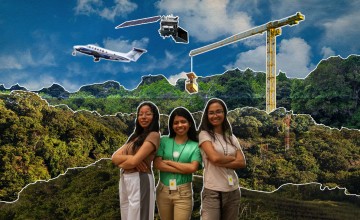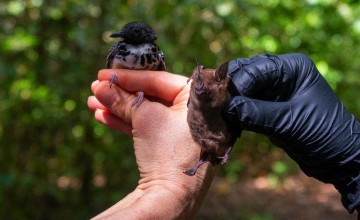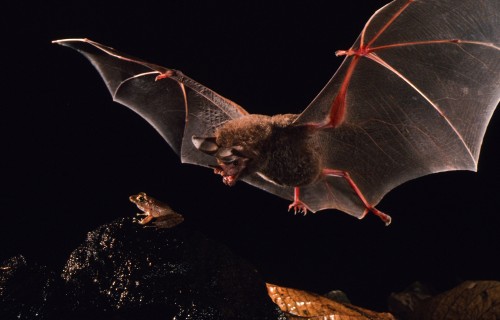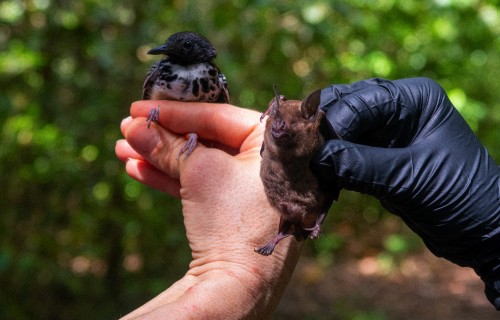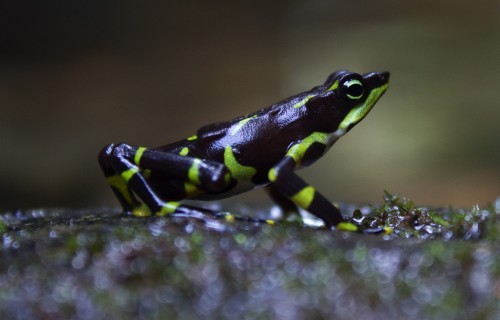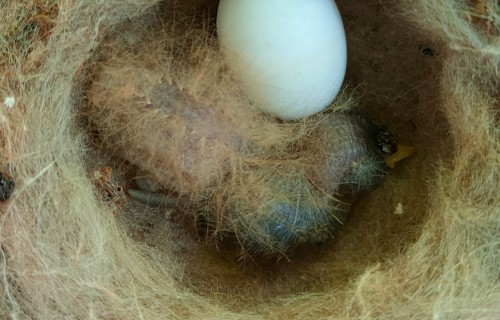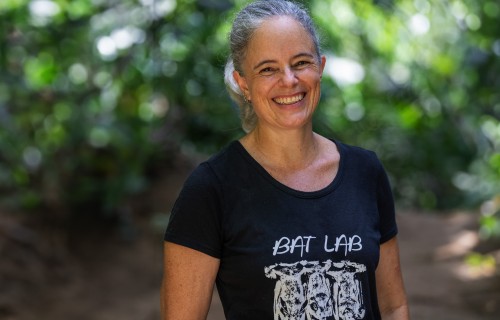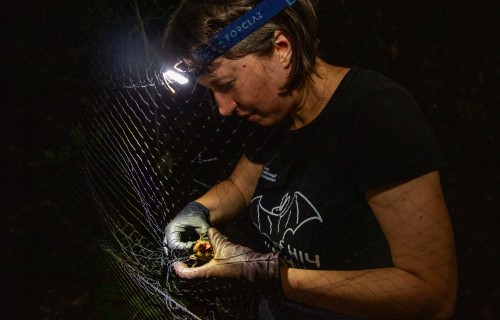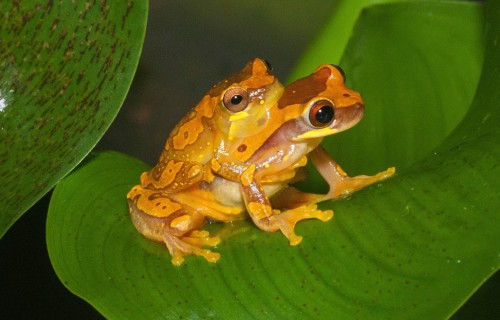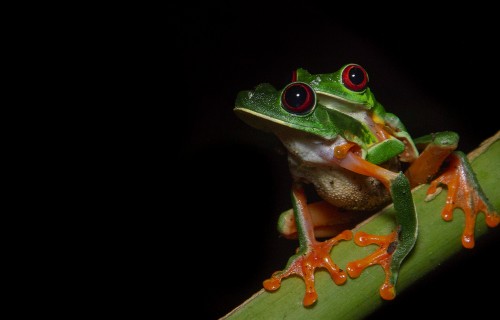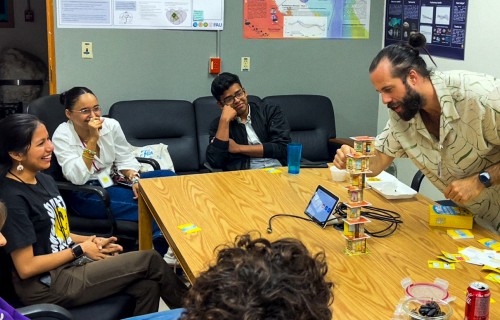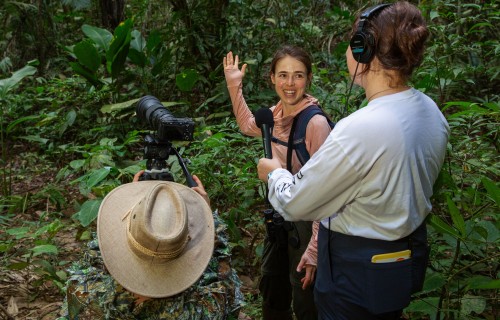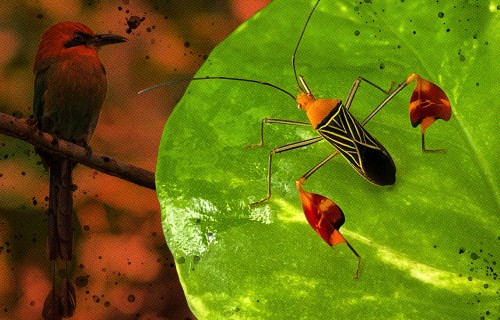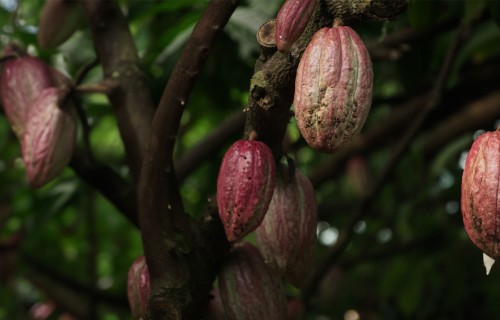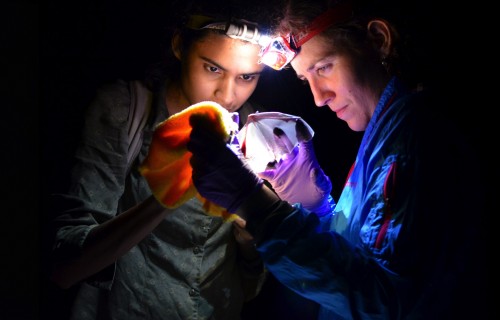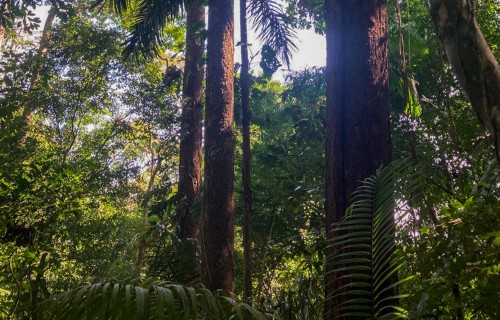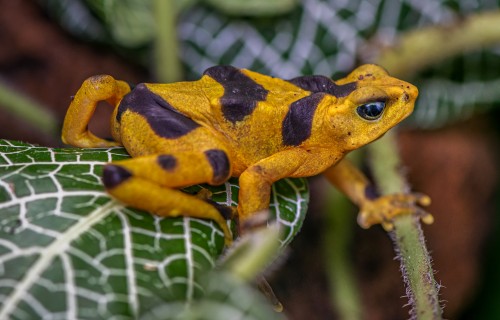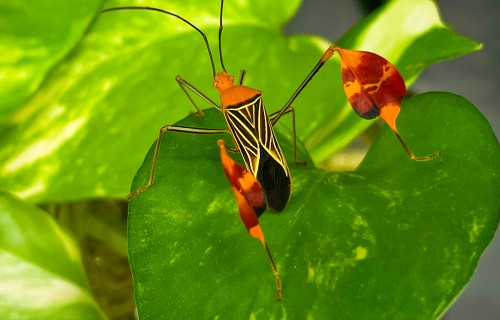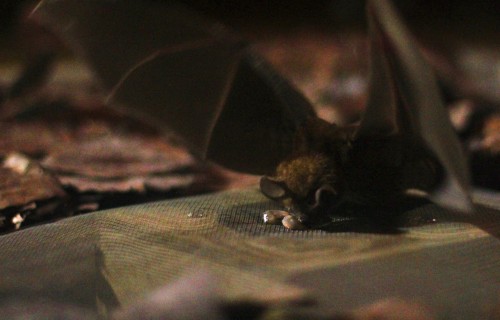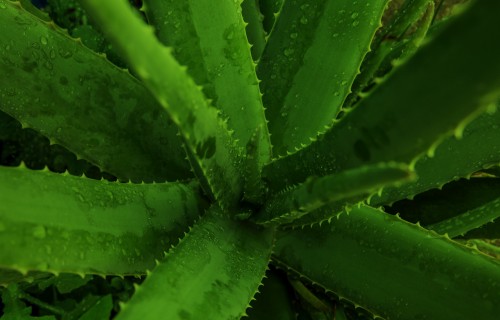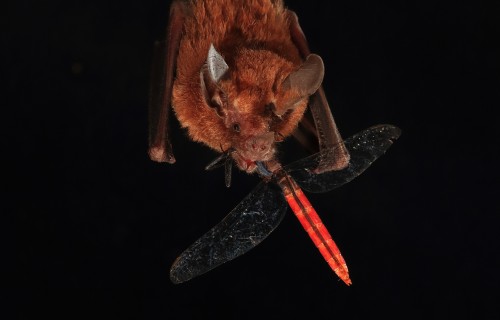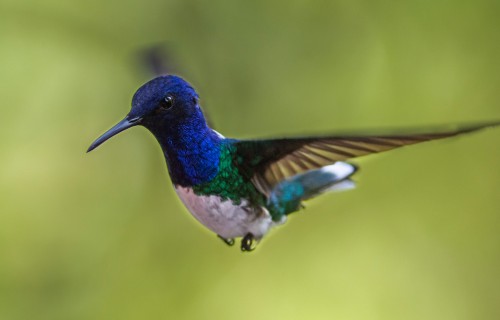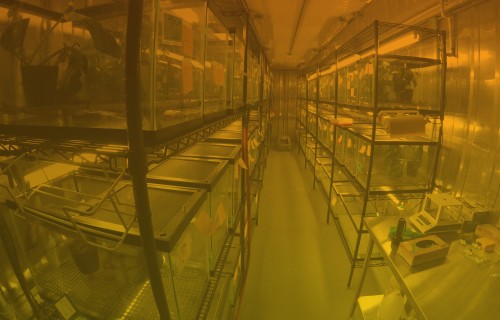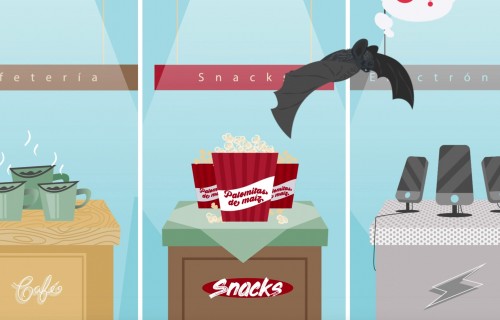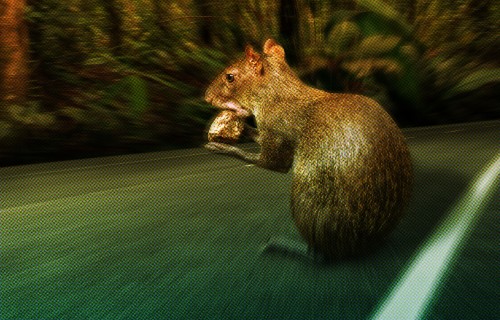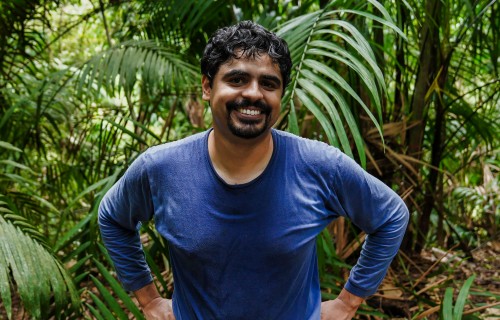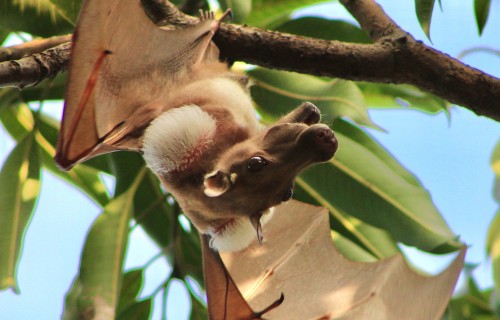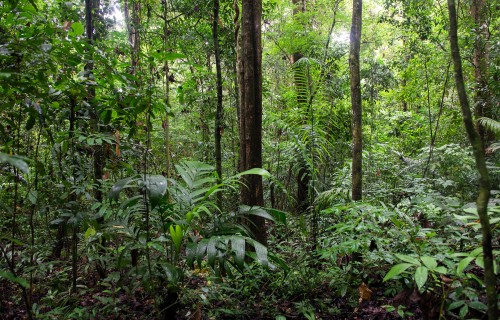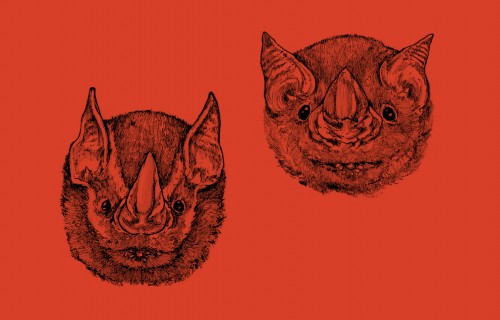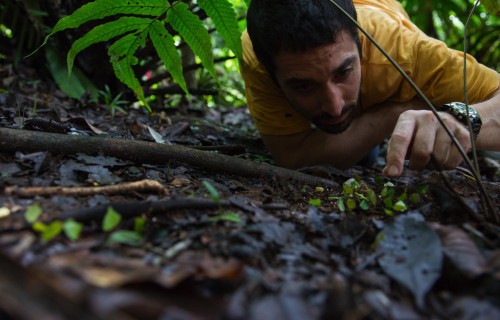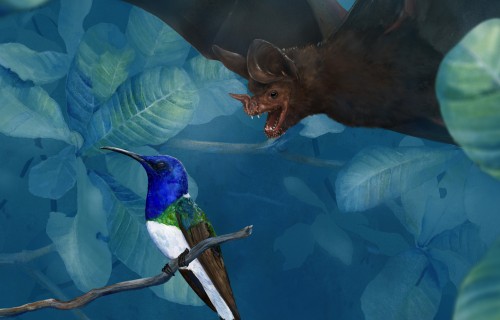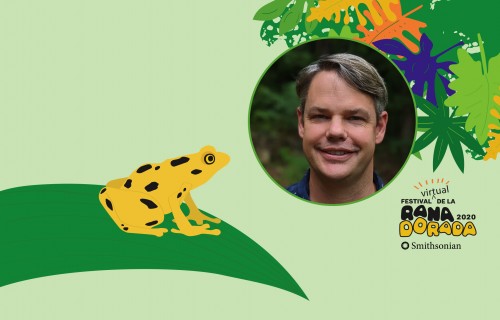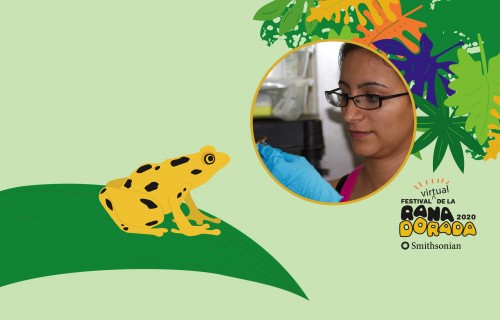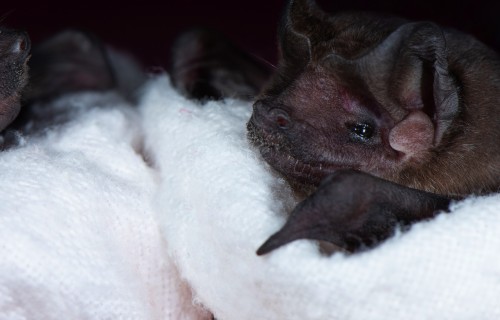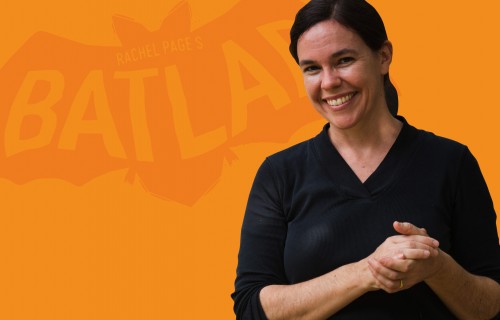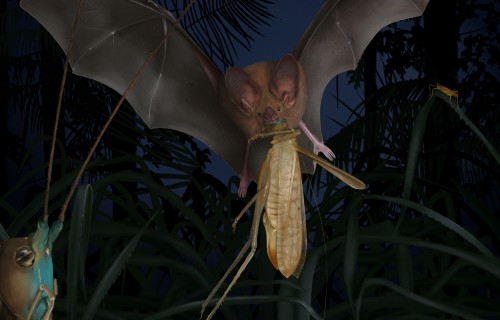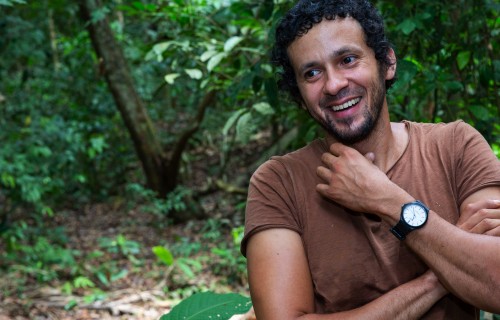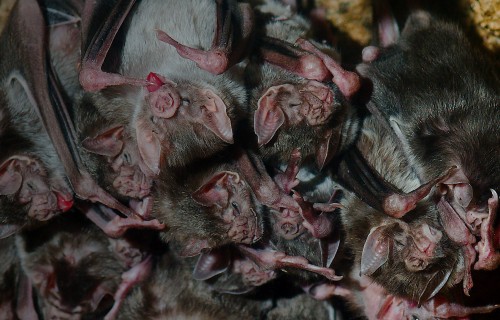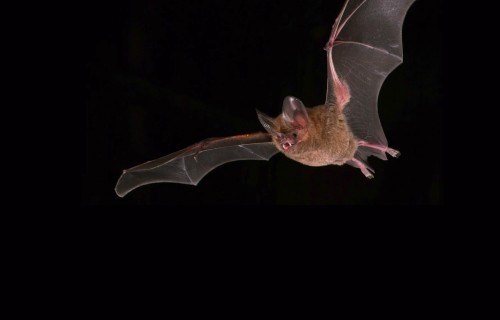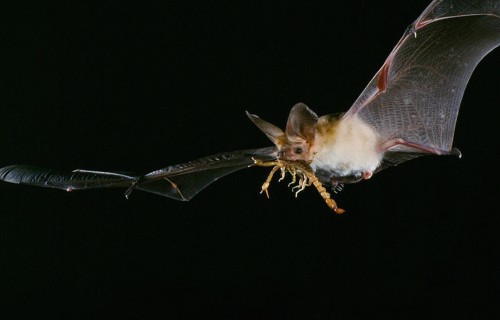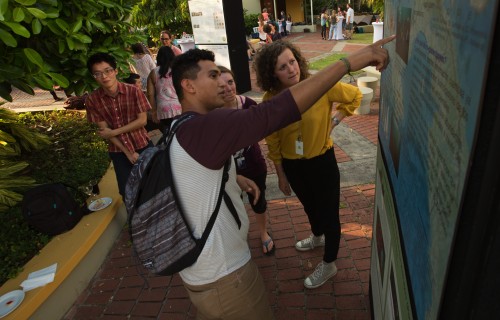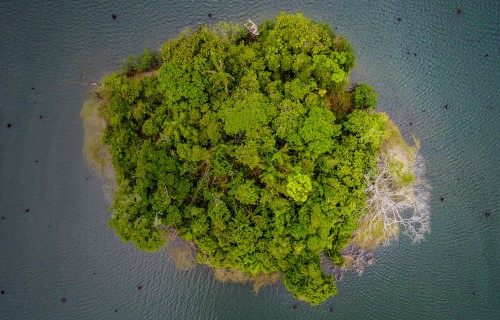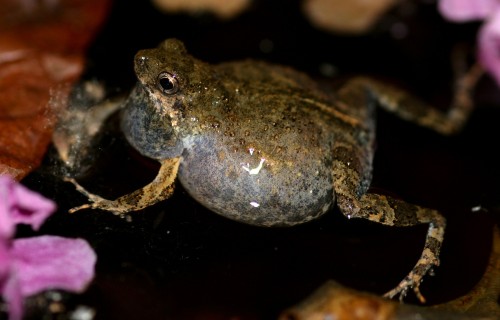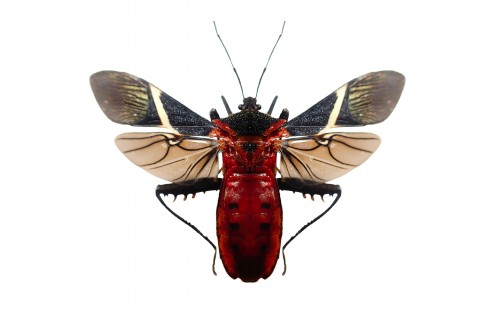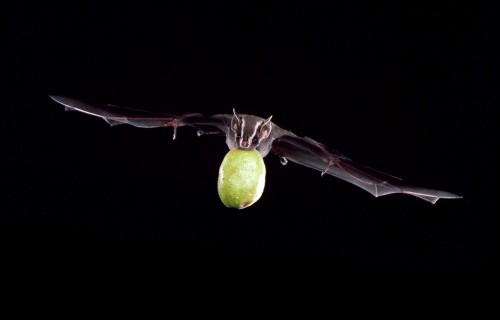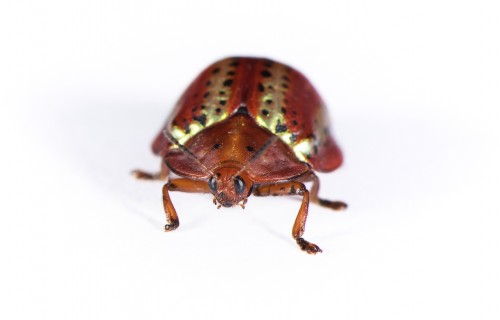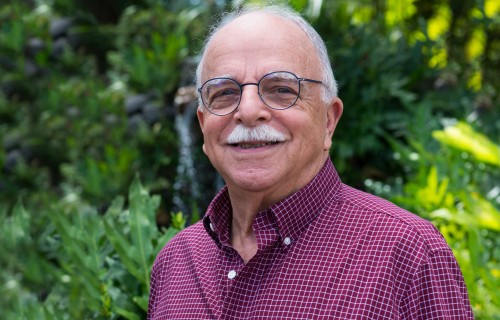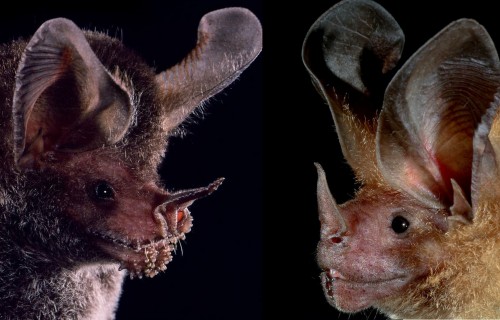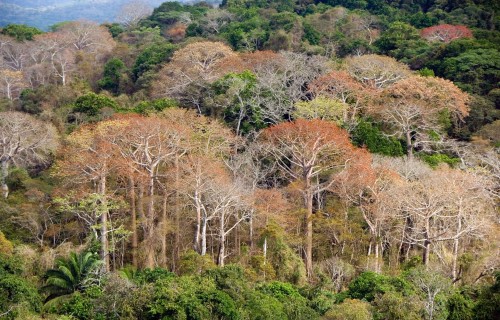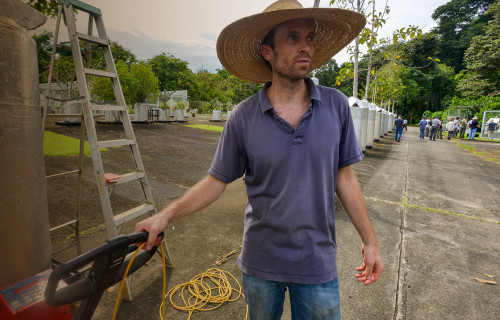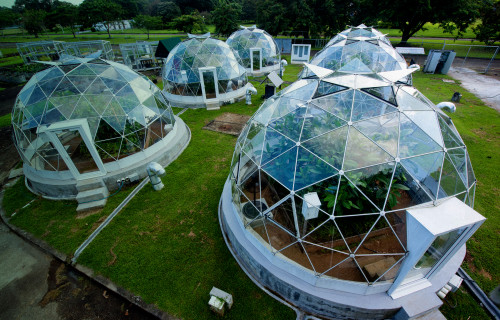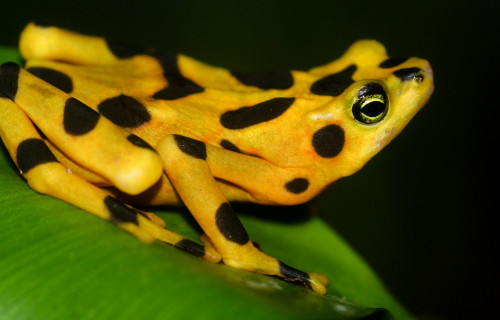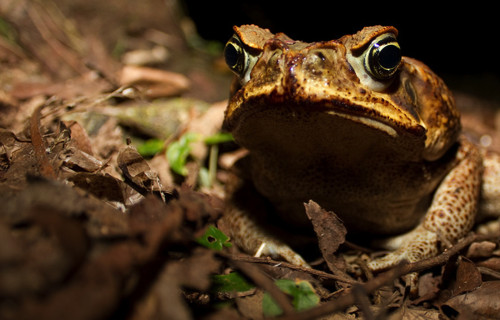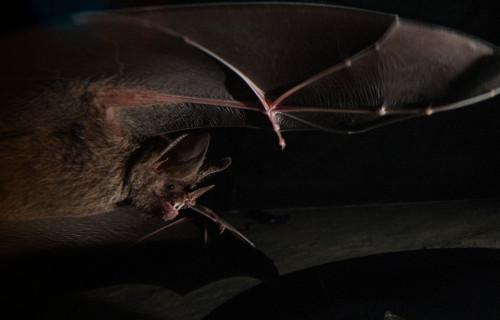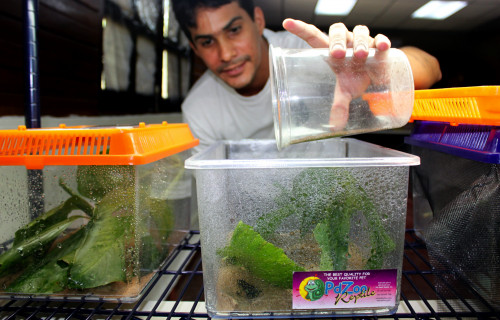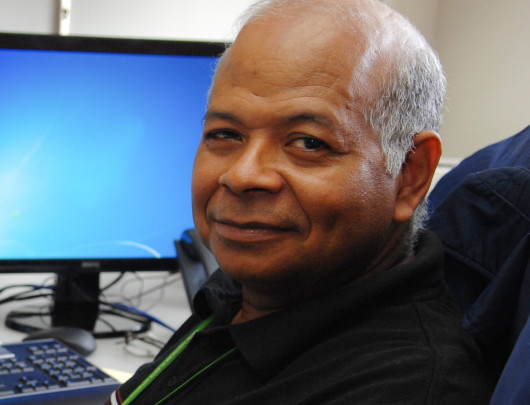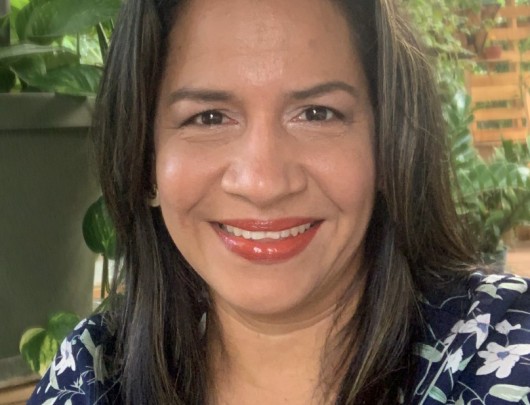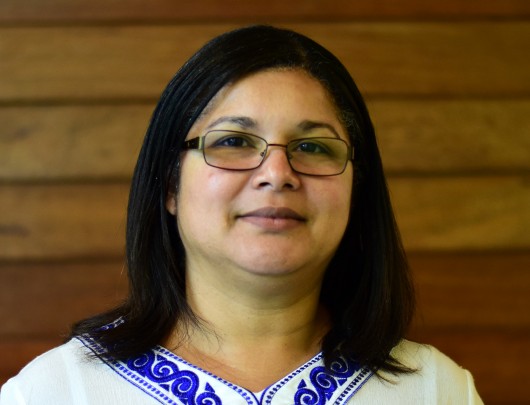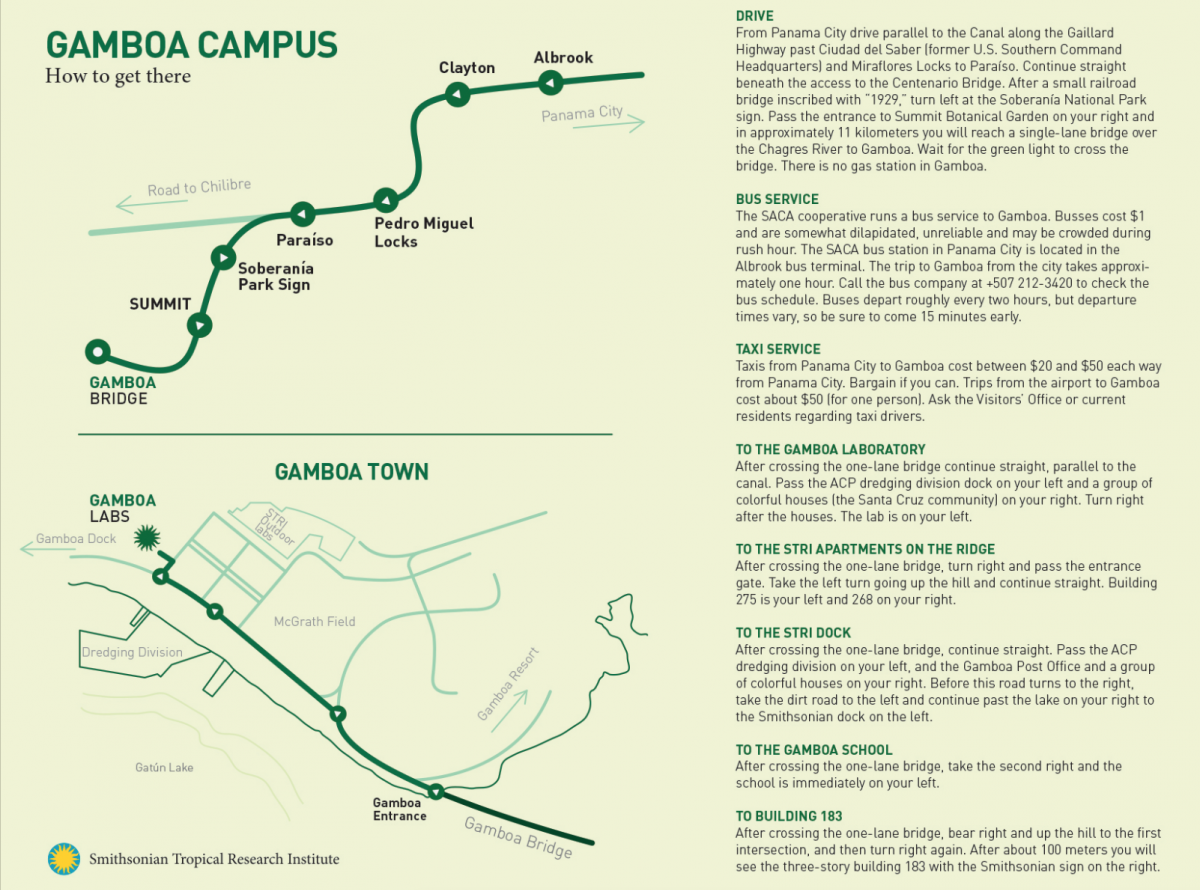




You are here
Gamboa
Laboratories
9.119870, -79.705060
A tropical research community
on the edge of the Panama Canal
Projects and Stories
STRI’s newest laboratory is surrounded by Panama’s Soberanía National Park, 20,000 hectares of intact lowland tropical forest that is a critical biological corridor connecting two continents. Gamboa is home to our amphibian rescue center, insectaries, experimental greenhouses, bat behavior installations, a schoolhouse for field courses and housing for visiting scientists. Postdocs and scientists with young families are especially drawn to this small community on the east bank of the Panama Canal, only 30km from Panama City and a half-hour ferry ride from Barro Colorado Island research station.
Research
Research at the Gamboa laboratories address some of the urgent issues facing terrestrial tropical ecosystems today. The experimental greenhouses test tropical plant response to elevated carbon dioxide and temperatures to better understand the impacts of climate change. The amphibian rescue center maintains breeding populations of amphibians that have been wiped out in the wild. The insectaries trace the origins and trajectories of evolution. Our newest laboratory is home to forest ecology and animal behavior programs, which build on decades of discoveries into how tropical ecosystems and their denizens function.
Science in Action
Pseudoscorpions: Little guardians of crevices (public talk in Spanish)
Túngara frog tadpoles that grew up in the city developed faster but ended up being smaller.
Palatable versus poisonous:
Eavesdropping bats must learn to
identify which prey is safe to eat
Why is NASA studying
tropical ecosystems?
Birds by Day, Bats by Night:
Long-Term Census of Bats
and Birds in Panama
Bezos Earth Fund Gives $2 Million Grant To Launch Groundbreaking Amphibian Conservation Project Across Latin America
Potential caterpillar mimicry in
White-necked Jacobin chicks
discovered in Panama.
Wartime grant brings Ukrainian bat biologists to Panama
How frogs’ superpowers may have led to life on land
Red-eyed treefrog eggs hatch a plan to escape warming temperatures
Language and cultural “intercambios” bring the Smithsonian Tropical Research Institute community together
Making a short documentary film in Panama’s tropical forest
STRI-McGill field course weaves together natural history, social science, tropical ecology, and cultural exchange
Following the swarm: Ant-following birds from a research and science communication perspective
Red flags: I’m not the bug for you!
Does Cocoa Need Fungi to Grow?
Bilingual Bat Nights, Noches de Murciélagos, along the Panama Canal
The highlands of Panama, Central Panama and Darien identified among the 50 Threatened Amphibian Landscapes worldwide
Escaping or resisting disease:
the dilemma of a tropical tree
Scientists from the Global South innovate
to track ongoing amphibian pandemic
Artificial fertilization key to rescuing Panama’s endangered frogs from extinction
The Matador Bug’s
flag-waving mystery deepens
Wild bats can remember
sounds for years
STRI Director Josh Tewksbury’s
Remarks on Harassment
Engineering drought-resistant plants may be more difficult than it seems
Hearing sensitivity of bats may
explain their great diversity in
tropical forests
Female Hummingbirds look like
males to avoid harassment
Understanding wildlife
vulnerability to road networks
Punishment enforces cooperation in
the fig-wasp mutualism: The exception proves the rule
Baby vampire bat adopted
by mom’s best friend
Is odor the secret
to bats’ sex appeal?
Smithsonian scientists reduce uncertainty in forest carbon storage calculations
First Sightings of Lek and
courtship behavior in
wrinkle-faced bats
You are what you eat: Evolutionary lessons from agricultural ants in Panama
DNA in fringe-lipped bat poop reveals unexpected eating habits
Brian Gratwicke
Building an amphibian ark
and searching for a cure
for the amphibian Chytrid Fungus
Mother bats use baby talk
to communicate with their pups
How and when to reintroduce frogs
into their natural habitat?
Science through
passion and perseverance
Biodiversity may limit invasions:
Lessons from lizards on Panama Canal Islands
A new social role for echolocation
in bats that hunt together
Mariana Muñoz-Romo’s introduction
to the fascinating world of bats
Bat Talk with Dr. Rachel Page,
May 20, 2020
Courtship movements
put katydids in danger
Even fake illness affects
relationships among vampire bats
Butterflies take different paths
to arrive at the same color pattern
Bats use private and social
information as they hunt
Mysterious cloud forest bees
and their microbes - Part I
Amphibian skin bacteria is more diverse in cold and variable environments according to global survey
Can Evolution Rescue Lizards
From Climate Change?
Urban tungara frogs are
sexier than forest frogs
Autotomy, the shedding of a body part, reveals the hidden cost of conflict
Ira Rubinoff,
Emeritus Director,
retires from STRI
Lessons From Amphibian
Die-off in Panama
Predators learn to identify
prey from other predators
Tropical dark respiration
data tweak climate model
Solar domes simulate extreme future
climate scenarios
Panama’s endangered golden frog gets help with breeding in captivity
Saving frogs could
help save lives
Frog-hunting bats overcome noisy environments by switching sensory channels
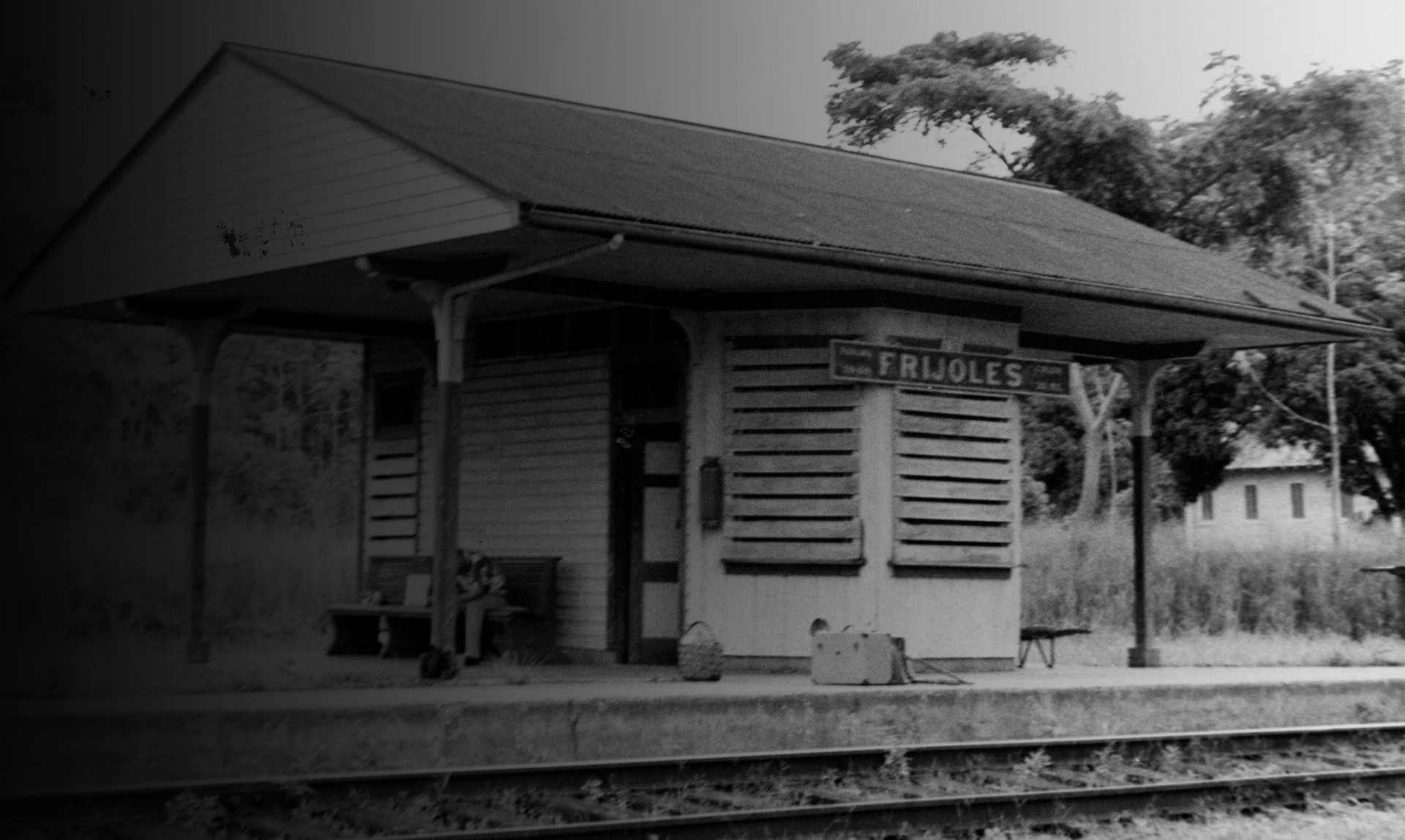
Gamboa becomes the jumping-off point for scientists and supplies headed for the research station on Barro Colorado Island.

Soberanía National Park was established to protect 54,000 acres (220 square kilometers) of forest on the east bank of the Panama Canal. STRI rents Building 183 as housing and lab.
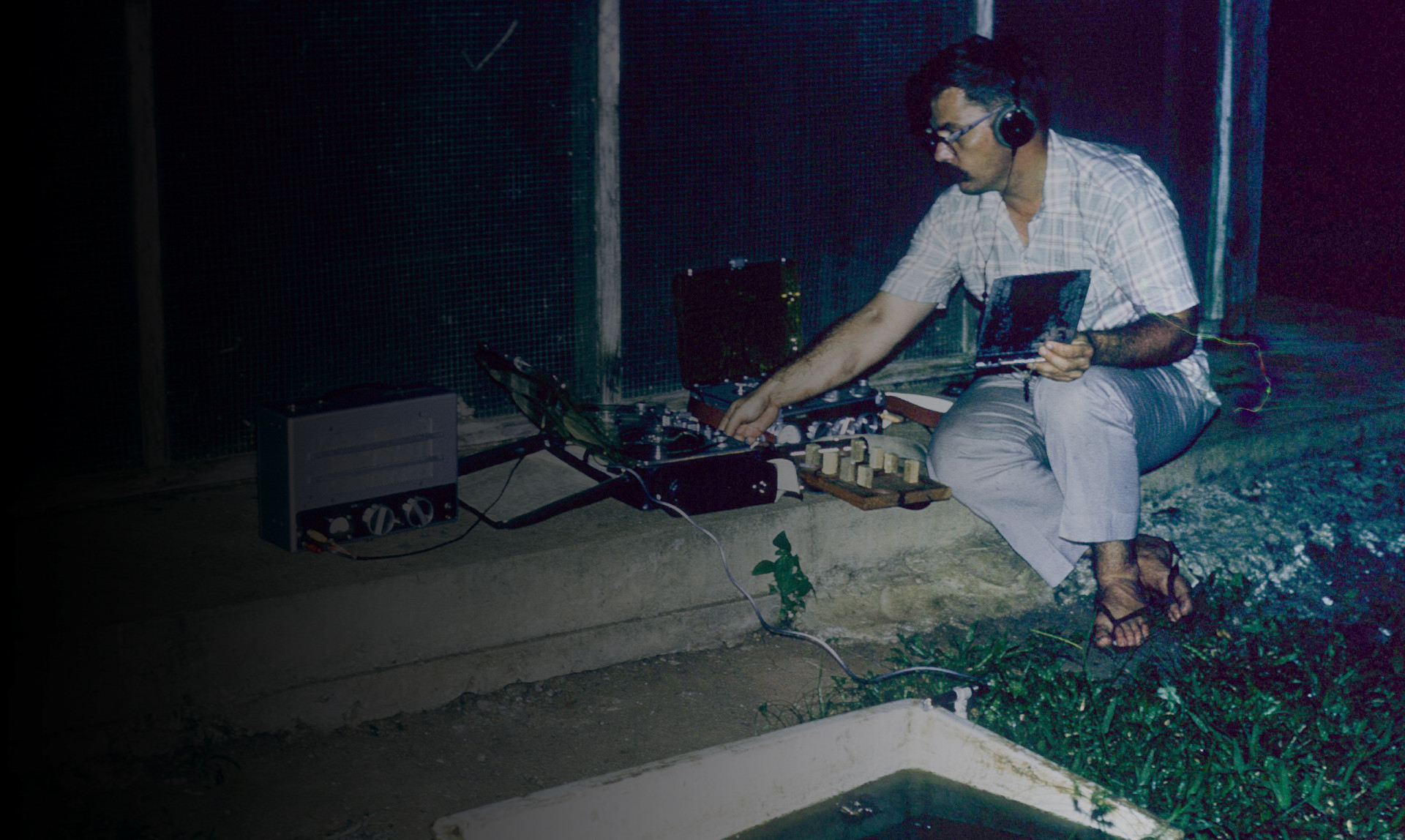
The Túngara Frog Project, one of Gamboa’s longest running and most prolific animal behavior projects, is launched by late staff scientist Stanley Rand.
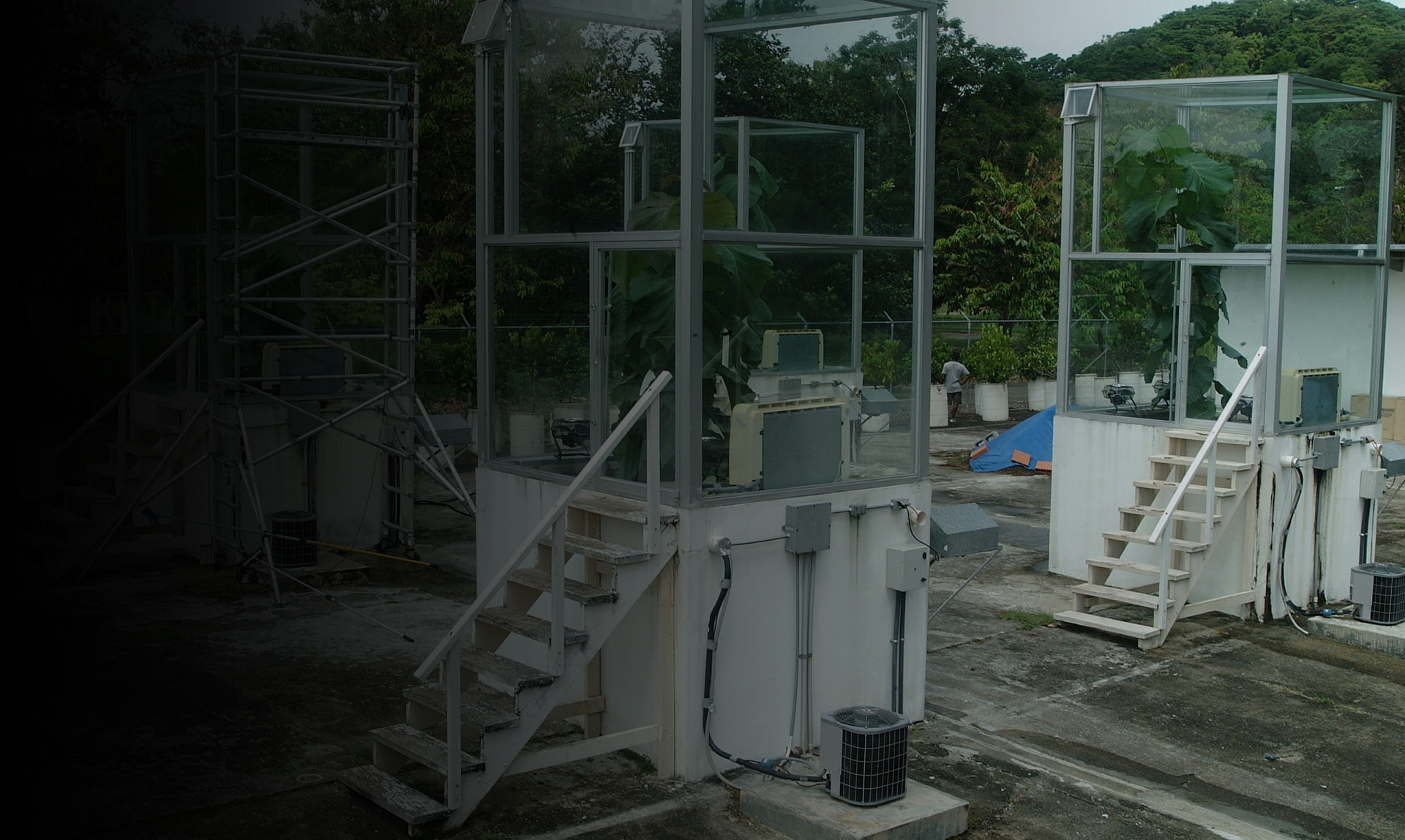
STRI acquires one hectare for outdoor plant physiology research, which is now home to the Tropical Domes project.
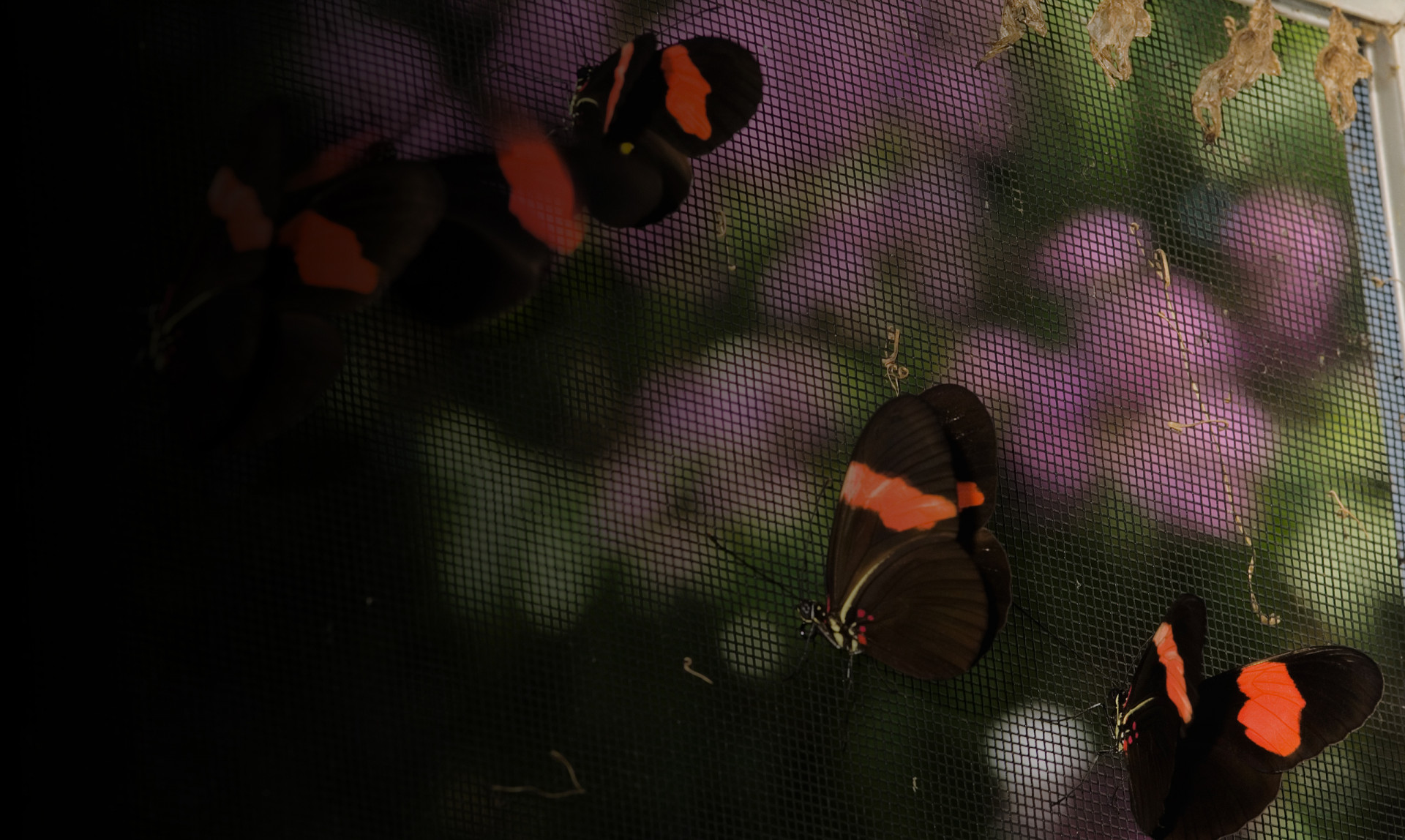
STRI rents the Gamboa schoolhouse from Panama. The schoolhouse has long been home away from home for Princeton University’s Tropical Biology Semester, the McGill University NEO course and a long list of shorter field courses for undergraduate and graduate students in Panama.
Insectaries for Heliconius butterfly speciation experiments, bat houses and experimental frog pond are built.
In the Gamboa tree nursery, staff cultivated more than 150,000 tree seedlings representing roughly 50 native tree species to plant in the Panama Canal Watershed Experiment in order to study the effects of land use on water, carbon storage and biodiversity in the Panama Canal watershed.

STRI purchased a 17.5-hectare site in a first step toward establishing a campus in Gamboa.

Seven shipping containers are transformed into the Amphibian Research and Conservation Center.
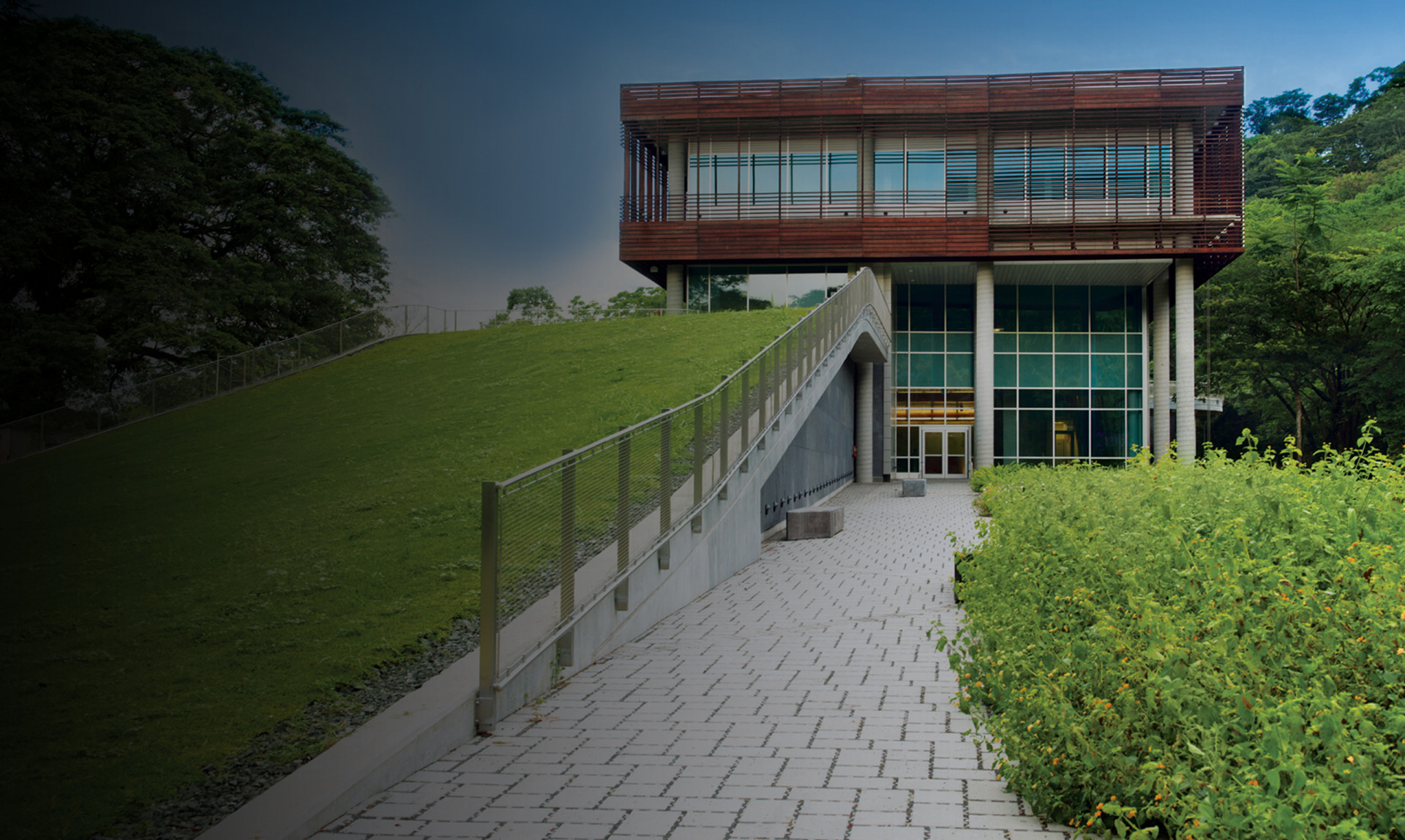
New Gamboa laboratories open.
People
Gamboa’s support staff help visiting researchers and field course participants with logistics, housing and issues related to research.
Services and Resources
Gamboa has state-of-the-art facilities surrounded by easily accessible tropical forest. There are comfortable laboratory and office spaces for working scientists, accommodations for field course participants and visiting scientists and their families, and a small fleet of 4x4 trucks to access Pipeline Road, which runs through Soberanía National Park. There are specifically designed facilities for bat research, an insectary teeming with butterflies, an artificial pond for frogs, and greenhouses for plant physiology.

Laboratories and Equipment
STRI’s newest research facility was inaugurated in 2016. At least six staff scientists — including animal behaviorists, forest ecologists and geneticists have labs in the new building. Other lab facilities in Gamboa include insectaries and experimental greenhouses. There is some general use equipment available for common use. Please contact the scientific coordination office for more information.
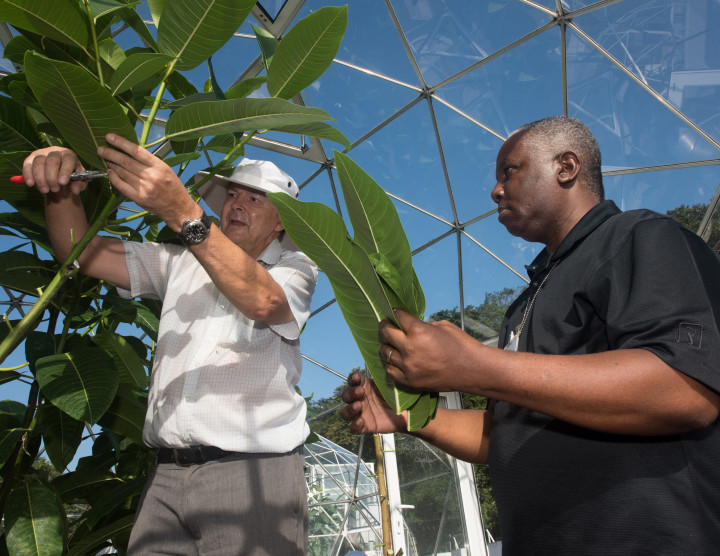
Plant Physiology Greenhouse
Large glass domes and growth chambers allow researchers to control environmental conditions such as temperature and atmospheric carbon dioxide to simulate future climatic conditions — or go back in time to cooler, less carbon-rich times. The one-hectare site has ample room for other plant physiology experiments.
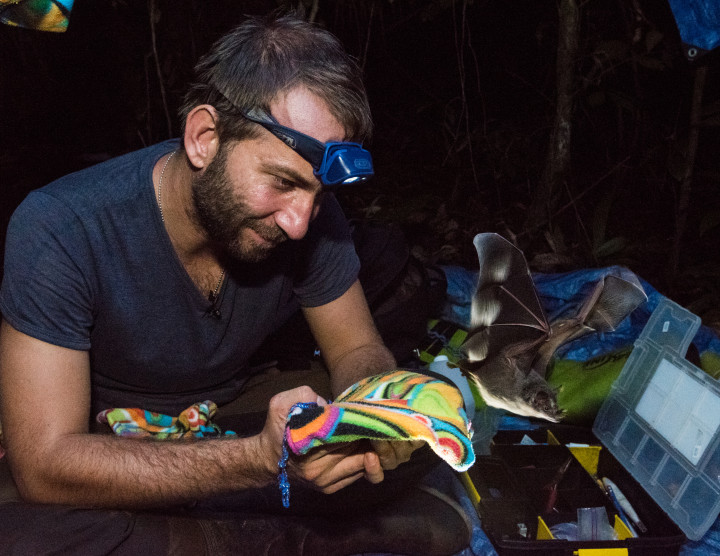
Bat Lab
STRI’s bustling bat lab includes flight cages, lab space and access to bat-filled forests.

Amphibian Rescue Center
STRI and partner institutions have spent well over a decade saving critically endangered amphibian species from a lethal fungal infection that has decimate frog species around the world. The amphibian rescue center, built with refrigerated shipping containers, maintains viable breeding populations of about half a dozen species to aid research into a cure for the disease and reintroduction into native habitat.
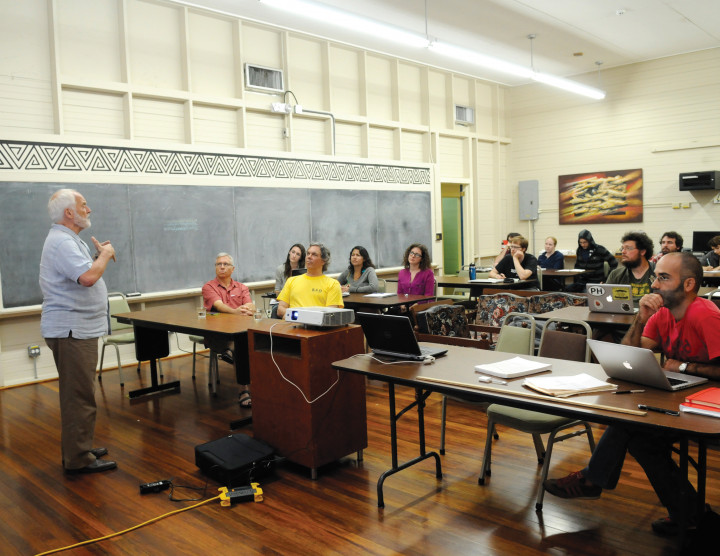
Schoolhouse
The Panama Canal Zone-era schoolhouse provides lodging, classrooms and work space for visiting field courses. Its dorms sleep up to 24 students and include separate rooms for course instructors. The schoolhouse also has a spacious dining room and a fully equipped kitchen.

Soberanía National Park and Pipeline Road
Protected since 1980, central Panama’s 20,000-hectare national park surrounds Gamboa on the east bank of the Panama Canal. Access north of Gamboa is along Pipeline Road, a 17km dirt road that runs the length of the forest. To the south, the park is traversed by the two-lane Gaillard Highway. Panama’s National Environmental Ministry manages the park and permits are required to conduct research in the park.
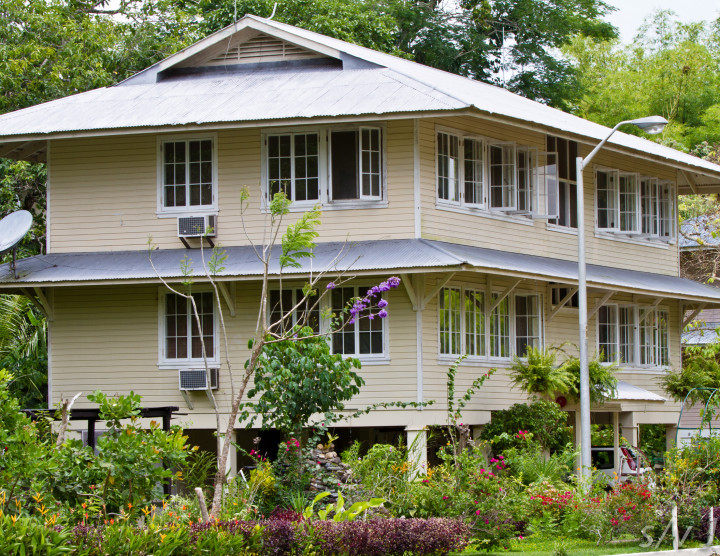
Accommodations
The Gamboa accommodations are located near the Gamboa Lab and the STRI dock. These are 3 houses built during the construction of the Panama Canal that have been remodeled so that they can accommodate up to 33 people in shared occupancy. Although the layout of the rooms varies, all houses are equipped with a kitchen, laundry room and common space. Wi-Fi and hot water are available. For more information, contact vsohousing@si.edu.
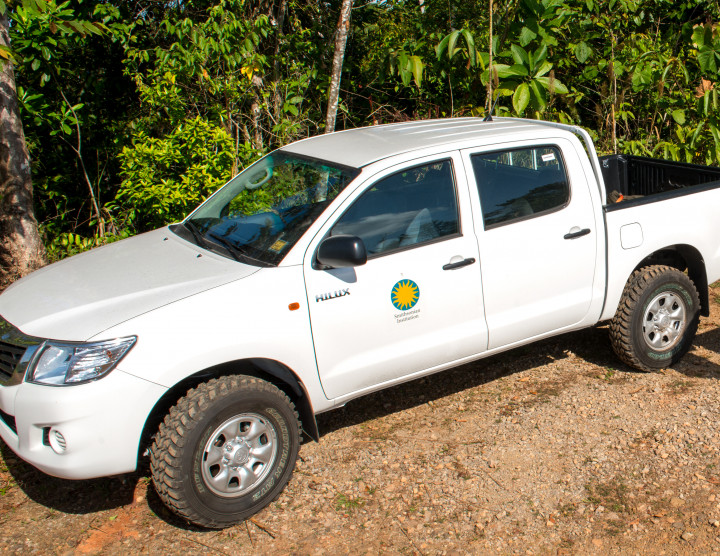
Field Vehicles
STRI has manual transmission 4x4 trucks available at most research facilities. Some labs have their own vehicles as well. These vehicles are for authorizes research activities and need to be booked in advance. Drivers need valid licenses, a U.S. government license (issued at STRI), and experience driving manual transmission vehicles in off-road conditions.
Maps and Directions
Gamboa is 30 kilometers northwest of Panama City on the east bank of the Panama Canal, roughly 40 minutes by car from STRI’s administration building in the Ancon neighborhood of Panama City. Rush hour traffic can make the trip considerably longer. Consult the Visitor Services Office for information about STRI transportation options.
Contact us
Visiting Scientists
For information and facilitation of research at Gamboa please contact our scientific support staff.
For information related to logistics, housing and vehicles, please contact the visitor services office.
Emergencies
Report all emergencies to STRI security
